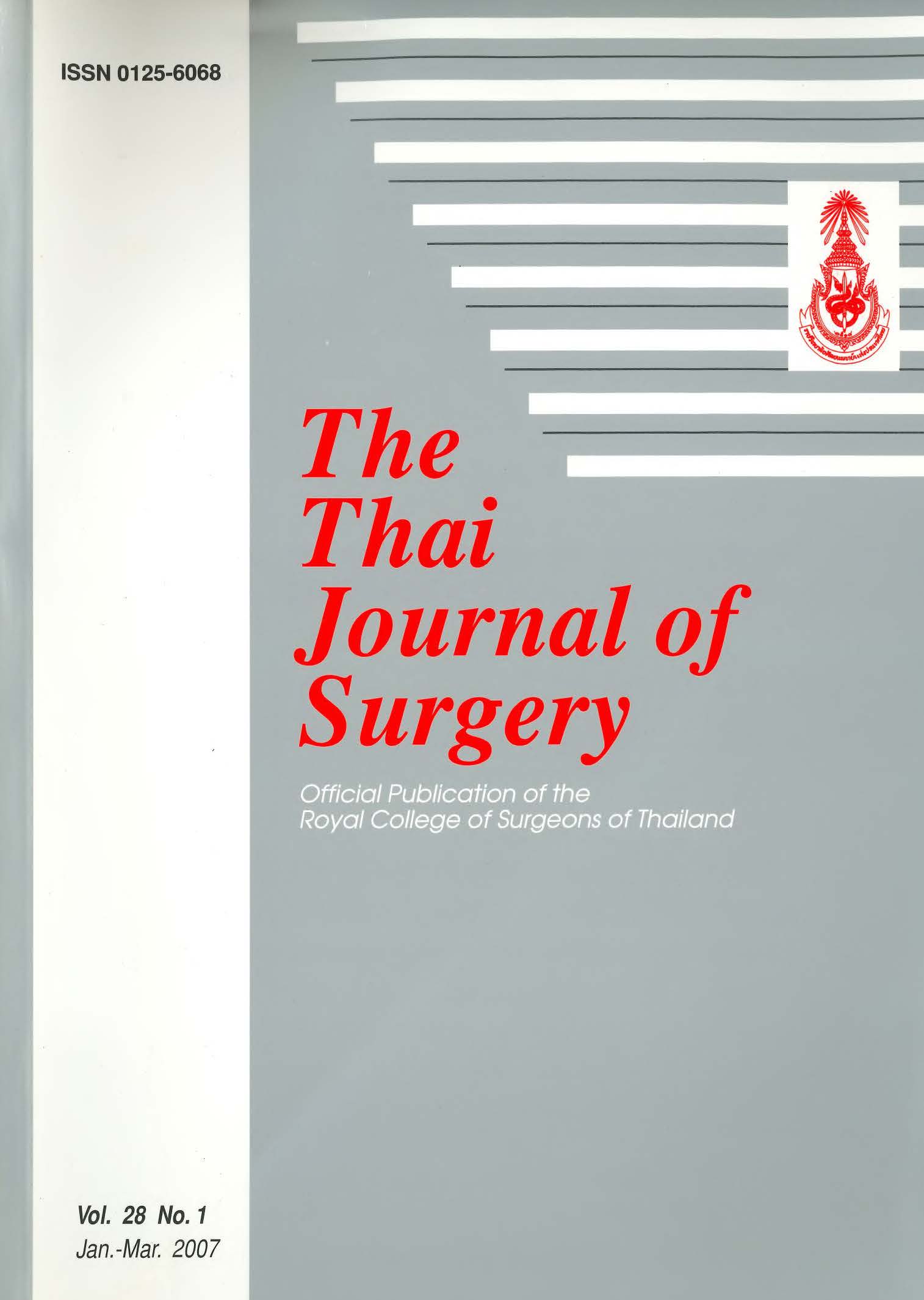The Dependence of the Impulse Mode of the Increment of Some Hormones and Mitotic Activity from Testosterone Production in Older Men
Keywords:
testosterone, PADAM, LH (luteinizing hormone), FSH (follicle stimulating hormone), STH (somatrope hormone), insulinAbstract
Objective: After 40 years of age, men have a reduction in the amount of testosterone circulating in their bloodstream. The mechanisms of hypothalamic-pituitary regulation are broken down, including the mechanisms for the pulse mode of incretion. The aim of this research work was to study cause-and-effect links between the development of partial androgen deficiency of aging men (PADAM) and changes in the impulse mode of hormonal regulation in men of older age groups.
Patients and Methods: In this study, 9 patients with partial androgen deficiency were analyzed. The age of these patients ranged from 42 to 74 years. The patients were given 40 mg of andriol (testosterone undecanoate) once each morning. All patients were put into one group, for which the research results were compared before and one month after the beginning of androgen-replacement therapy. In order to make the diagnoses of the breakdown in the rhythm of incretion, levels of LH, FSH, and STH, as well as of testosterone, cortisol, and insulin were measured by taking five samples from the serum. The samples were taken once every 20 minutes (in a period of time that covered the whole average period of their impulse incretion.
Results: One month after the beginning of androgen-replacement therapy the patients showed an increase in the amplitude of fluctuations of LH (on average by 52.2%), FSH (on average by 126.7%), STH (on average by 81.0%), testosterone (on average by 69.0%), cortisol (on average by 45..5%) and insulin (on average by 76.2%) as compared with the original values before the study began (relative to average values).
Conclusions: The reduction in testosterone production as men get older leads to a change from a pulse mode to a tonic mode of incretion of a number of hormones, as well as to a breakdown in the regulation of the cell cycle and an increase in mitotic activity. The inverse development of these changes can be seen among men of older age groups with PADAM who have been given androgen-replacement therapy.
References
2. Neaves WB, Jobnson L, Porter JC, et al. Leydig cell numbers, daily sperm production, and serum gonadotropin levels in aging men. J Clin Endocrinol Metab 1984; 59: 756-63.
3. Dedov II, Kalinichenko SYu. Age-related androgen deficit. Moscow: Prakticheskaya Medicina; 2006.
4. Bremner, et al. Loss of circadian rhythmicity in blood testosterone levels with aging in normal men. J Clin Endocrinol Metab 1983;56:1278-81.
5. Gray A, Feldman HA, McKinlay JB, Longcope C, Age, disease, and changing sex-hormone levels in middle-aged men: Results of the Massachusetts male aging study. Clin Endocrinol 1991:73: 1016-25.
6. Lavin N. Endocrinology. Moscow: Praktika; 1999.
7. Veldbuis JD, Urbun RJ, Lizarralde G, et al. Attenuation of luteinizing hormone secretory burst amplitude as a proximate basis for the hypoandrogenism of healthy aging in man. J Clin Endocrinol Metab 1992; 75: 707-13.
8. Kraiser FE, Morley JI. Gonadotropins, testosterone, and the aging male. Neurobiol Aging 1994; 15:559-63.
9. Veldbuis JD, Zwart A, Mulligan T, et al. Muting of androgen negative feedback unveils impoverished gonadotropin-releasing hormone/luteinizing hormone secretory reactivity in healthy older men. J Clin Endocrinol Metab 2001;86:529-35.
10. Morales A, Bain J, Ruijs A, et al. Clinical practice guidelines for screening and monitoring male patients receiving testosterone supplementation therapy. Internat J Import Res 1996;8:95-7.
11. Loran OB, Segal AS, Supryaga OM. Andriol in treatment of secretory sterility and climacteric syndrome among men. Urol Nephrol 1999; 3: 41-4.
12. Glantz SA. Primer of biostatistics, Moscow: Practica;1999.
13. Green P, Stout W, Tailor D. Biologiya. Moscow: Mir; 1993. p. 291-2.
14. Gubanov NI. Moscow: Biofizika; 1978.
15. Furth J, Pituitary cybernetics and neoplasia. Harvay Lect 1967;63: 47-71.
16, Kettail VM, Arki RA. Pathophysiology of the endocrine system - SPB-Moscow: Nevsky Dialect; 2001.
17. Ugryumov MV. Mechanisms of neuroendocrinal regulation. Mscow: Nauka; 1999.
18. Klein DC, Moore RY, Reppert SM. Suprachiasmatic nucleus: The mind's clock. N.Y: Oxford Univ press; 1991.
19. Mirmiran M, Kok JH, Boer K, Wolf H. Prenatal development of human circadian rhythms: Role of the fetal biological clock. Neurosci Behav Rev 1992; 16: 371-8.
20. Pechersky AV, Mazurov VI, Semiglazov VF, Karpishenko Al. Method of restoration of the impulse regime of hormonal regulation among men with partial age-related androgen deficit (PADAM). Patent for invention No 2235501. Priority invention April 02, 2002. Registered in the state register of inventions of the Russian Federation, September 10, 2004.
21. Montanari E, et al, Etiopathogenesis of benign prostatic hyperptrophy. Arch Ital Urol Androl 1995;67:7-12.
22. Pechersky AV, Semiglazov VF, Loran OB, et al. The effects of changes in testosterone level on the development of cytokines among patients with prostate cancer. Thai J Surg 2006;27:56-63.
23. De Kloet ER, Rosenfeld P, Van Eekelen AM, et al. Stress, glucocorticoids and development. Progr Brain Res 1988;73:101-20.
24. Arduinin D, Rizzo G, Parlatti E, et al. Modification of ultradian and circadian rhythms of fetal heart rate after fetal-maternal adrenal gland suppression: double blind study, Prenatal Diagnosis 1986;6:409-17.
25. Arduinin D, Rizzo G, ParlattiE, et al. Loss of circadian rhythms of fetal behavior in a totally adrenalectomized pregnant woman. Gynecol Obstet Invest 1987; 23: 226-9.
26. Karpishenko Al, Medicinal Laboratory Diagnostics, SPB: Intermedika; 2001.
27. Berezov IT, Korovkin BF. Biological Chemistry. Moscow: Medicina; 2004.
28, Pechersky A, Adequacy of Androgen-Replacement Therapy Among Patients with PADAM, Gender Medicine 2006: 3(A):62.
Downloads
Published
How to Cite
Issue
Section
License
Articles must be contributed solely to The Thai Journal of Surgery and when published become the property of the Royal College of Surgeons of Thailand. The Royal College of Surgeons of Thailand reserves copyright on all published materials and such materials may not be reproduced in any form without the written permission.



